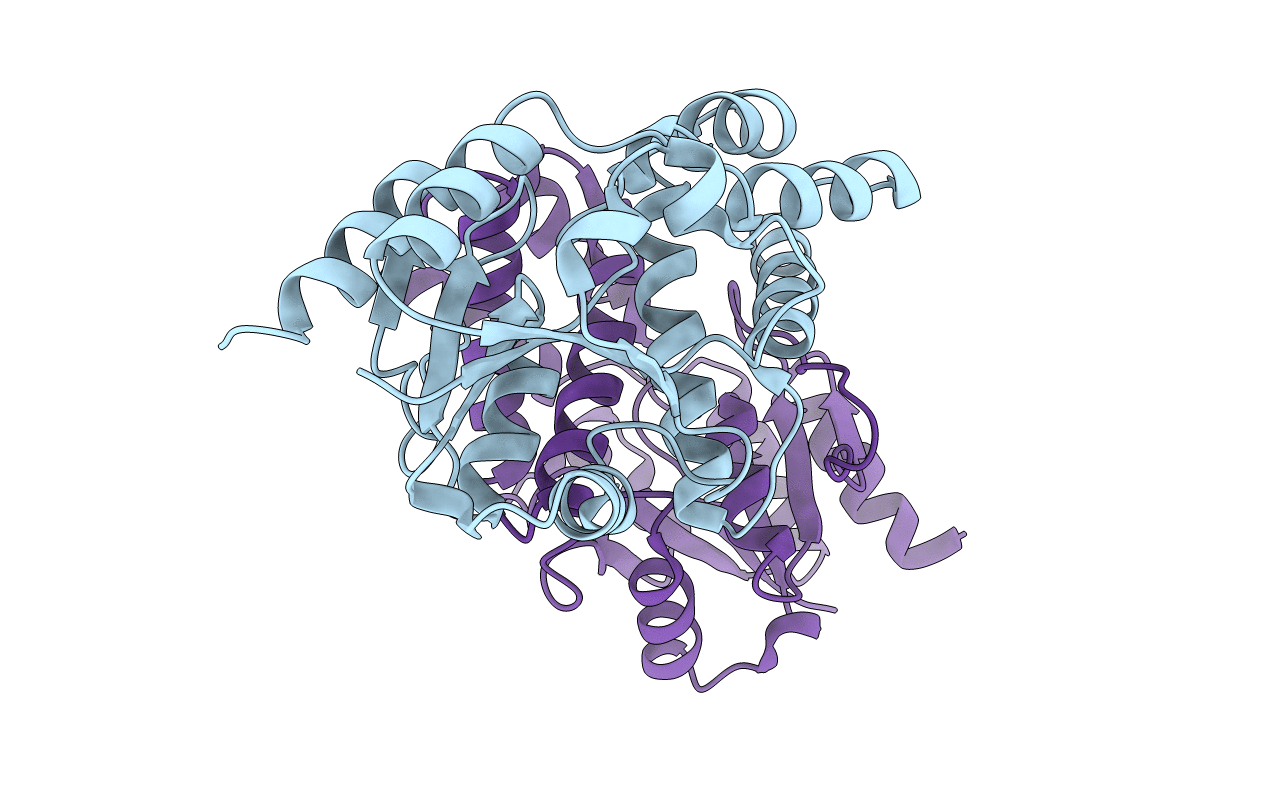
Deposition Date
2012-10-10
Release Date
2013-05-01
Last Version Date
2023-12-20
Entry Detail
PDB ID:
2YMP
Keywords:
Title:
Chloroacetic acid complex bound L-haloacid dehalogenase from a Rhodobacteraceae family bacterium
Biological Source:
Source Organism:
RHODOBACTERACEAE (Taxon ID: 31989)
Host Organism:
Method Details:
Experimental Method:
Resolution:
1.96 Å
R-Value Free:
0.20
R-Value Work:
0.15
R-Value Observed:
0.16
Space Group:
P 21 21 21


